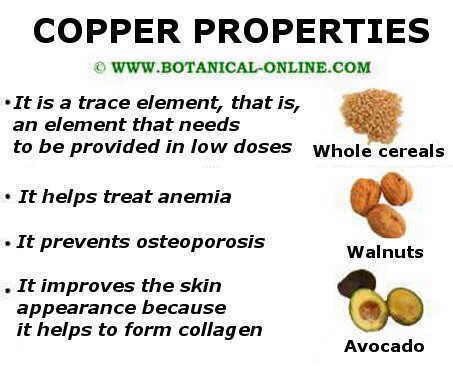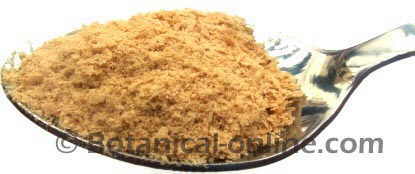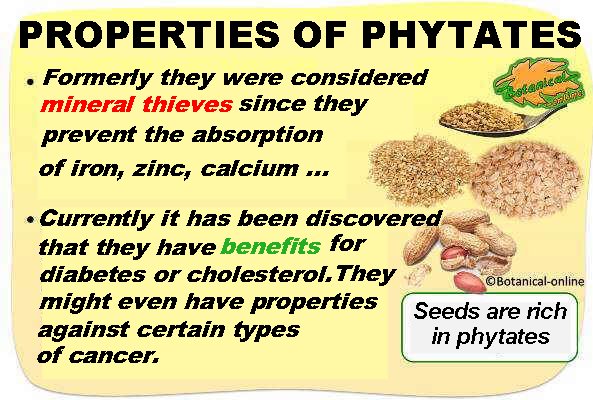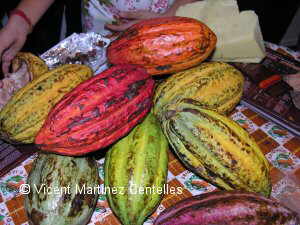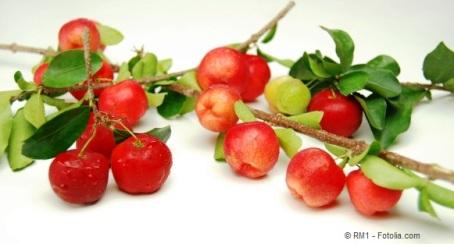Contents
- 1 Medicinal benefits of chlorophyll
- 1.1 NATURAL BENEFITS OF CHLOROPHYLL
- 1.2 Properties of chlorophyll
- 1.3 Antioxidant properties of clorophyll
- 1.4 Chlorophyll to purify your body
- 1.5 Chlorophyll and cancer
- 1.6 Chlorophyll as energizing and purifying
- 1.7 Deodorizer against bad odor
- 1.8 Chlorophyll for cholesterol
- 1.9 Other uses of chlorophyll
- 1.10 HOW TO OBTAIN CHLOROPHYLL
- 1.11 Only green vegetables have chlorophyll?
- 1.12 Supplements of chlorophyll
- 1.13 Recommended dose of chlorophyll
- 1.14 Toxicity of chlorophyll
Medicinal benefits of chlorophyll
NATURAL BENEFITS OF CHLOROPHYLL
Properties of chlorophyll
Chlorophyll is a natural green pigment found abundantly in plants, fruits and vegetables.
The chlorophyll presents the following properties:
Antioxidant properties of clorophyll
It has been verified that chlorophyll is one of the best antioxidants, able to neutralize the negative effects of free radicals in the body.
Eating foods rich in chlorophyll will help prevent many degenerative diseases and maintain the body stronger and more years younger.
Chlorophyll to purify your body

Because of its antioxidant properties, chlorophyll supplements are used in diet for slimming and in detoxifying diets, because the liver needs many antioxidants in the treatment. (Eat a lot of vegetables)
(Drink chlorophyll preparations, sold in herbalists or health food stores, according to the prospectus conditions)
Chlorophyll and cancer
Numerous studies seem to demonstrate the power of chlorophyll to inhibit the growth of cancerous cells (carcinogenesis).
Chlorophyll also seems to be able to neutralize some carcinogenic compounds like nitrosamines, aflatoxins or hydrocarbons, present respectively in preservatives for meats, dry fruits, or traffic fumes.
Chlorophyll as energizing and purifying
It is believed that chlorophyll, due to its cell regenerative capacity, is one of the plant compounds that provide the body energy and vigor, being able to cleanse the body of toxins.
One study showed that chlorophyll appears to help eliminate aflatoxins (potent toxins produced by fungi present in small amounts in grains and nuts).
Therefore, it is recommended especially in cases of weakness, fatigue spring, infectious diseases, food poisoning, chemical poisoning, etc.
Deodorizer against bad odor
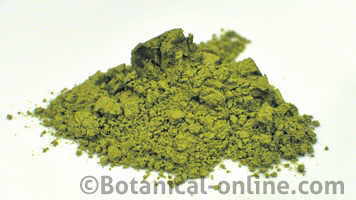
Chlorophyll has a deodorizing function, that is, it is able to neutralize body odor.
It is very good in treating foot odor, the smell of armpits and genitals, both in outpatient treatment (Drink chlorophyll preparation, sold in herbalists or health food stores, according to the prospectus conditions) and external (Apply a bit of chlorophyll with a cloth in the affected area)
Equally appropriate for the treatment of halitosis or bad breath. Chlorophyll freshens the mouth and provides a good smell. That is why many industrial mouthwashes include it in their composition.
Chlorophyll for cholesterol
According to studies on animals, chlorophyll helps to reduce the cholesterol levels and triglycerides. These properties help promote blood circulation and prevent the development of thrombus as the main cause of vascular accidents such as angina or heart attacks .
Its use in humans could present similar properties, although not enough studies have been conducted to corroborate this assumption.
Other uses of chlorophyll
- Kidney stones: Studies in animals suggest that its use could be useful in preventing kidney stones.
- Anemia: The fact that chlorophyll and hemoglobin with a chemical structure very similar has been think that chlorophyll could be useful in the synthesis of hemoglobin and, therefore, be appropriate to treat anemia.Myth of chlorophyll and hemoglobin: It has sometimes been speculated on whether eating chlorophyll might have the same effect as hemoglobin in the body, that is transporting oxygen, because it has a similar chemical structure. These theories are neither proven nor endorsed by the scientific community. It is a myth.
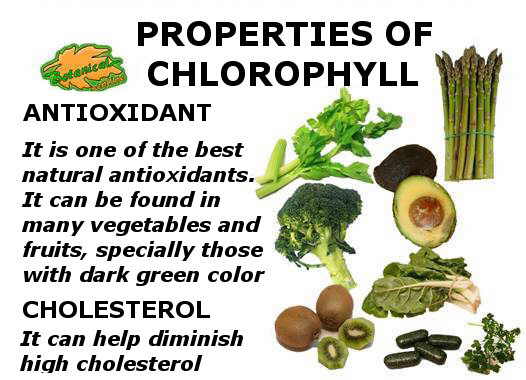
Main properties of chlorophyll.
HOW TO OBTAIN CHLOROPHYLL
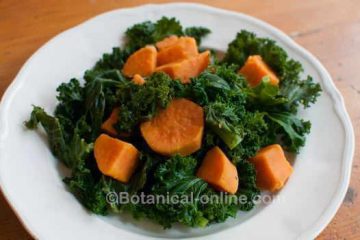
Only green vegetables have chlorophyll?
Any plant food contains chlorophyll, even if they are not green. Betacarotenes or other plant pigments may hide the color of chlorophyll, but all vegetables contain this pigment.
The best foods rich in chlorophyll are those vegetables with intense colors such as mango, beet, peaches, dandelions, carrots, broccoli, arugula, pumpkin, edible wild plants, borage, nettles, raspberries, blackberries, sweet potatoes, grapes, Brussels sprouts, lettuce, green beans, radishes, watercress, red cabbage, chard, peas, spinach, etc.
Algae are also very rich in chlorophyll and other pigments . Especially brown algae: wakame, wire, cochayuyo, kombu, spaghetti, nori, …
Some fruits are very rich in chlorophyll, like apples, avocado, carrots, tomatoes, etc.
Therefore, eating foods rich in chlorophyll is a natural way of incorporating this component into our diet ..
Supplements of chlorophyll
Another possible way is to take chlorophyll supplements that are obtained from food supplements rich in chlorophyll, such as:
- Spirulina tablets
- Chlorella
- Spirulina
- Dust of cereal sprouts such as wheat or barley
Chlorophyll supplements can be purchased at health food stores, natural food stores in the form of powder or tablets.
In contrast to natural plant foods rich in chlorophyll, supplements have a much higher proportion of this component because they are dehydrated, which concentrates their nutrients.
The disadvantage of supplements may be their price and they do not contain other components present in fruits and vegetables: essential fatty acids, prebiotics, folic acid, vitamin C, quercetin, rutin, resveratrol, anthocyanins, hesperidin, calcium, magnesium, etc. For this reason, chlorophyll supplements are not a substitute for a healthy diet.
Recommended dose of chlorophyll
There is no recommended dose of chlorophyll, so it is better to follow the terms of the prospectus.
Toxicity of chlorophyll
No toxic or adverse reaction to the use of this supplement has been described
![]() More information on the chlorophyll.
More information on the chlorophyll.

